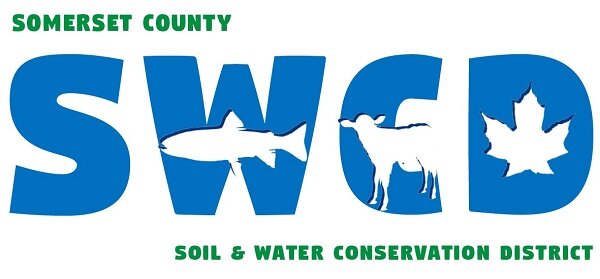Monitoring Change at Yankee Woodlot
The Yankee Woodlot was created as a demonstration site for forest management tools and techniques. This summer, we added another tool at the Yankee Woodlot - Picture Posts!
Picture Post is a project of the University of New Hampshire. Picture Posts are installed at forests, parks, and schools - even backyards. There are posts throughout New England and scattered across the United States. Each post guides visitors to photograph a location in nine orientations. Photos are dated, geotagged, uploaded, and shared on this site.
Through the collection of photographs through time and space, Picture Post provides a means to measure environmental change. According to the project Web site, these photos can provide critical information for a society trying to identify and address the effects of climate.
Joe and Jennifer have installed three posts in areas that were harvested in 2017 and 2018 to monitor forest regeneration after a timber harvest. We are considering adding a fourth post in an area not recently subject to harvesting. Photos are taken in each season of each year to create a time-lapse photo series that will document plant/tree growth and other environmental changes in the Yankee Woodlot for years to come.
Pine Post: This post is monitoring regeneration in a white pine stand that was thinned in February 2017. By thinning this stand we are demonstrating a forestry technique that allows for increased growth of the better-quality white pine trees that were left. It also encourages new growth that will increase tree age diversity and provide additional wildlife habitat. Explore the photo library for this picture post!
Oak Post: This post is monitoring regeneration of an Oak/Poplar stand that was cut in February 2018. By thinning this stand the canopy was opened up to allow more direct sunlight to reach the forest floor – thereby promoting understory regrowth which will allow for an increase in tree age diversity and provide additional wildlife habitat. Explore the photo library for this picture post!
Patch Cut Post: This post is monitoring regeneration of a Patch Cut created in February 2018. With this patch cut we are demonstrating a forestry technique that allows for new growth that will increase tree age diversity and provide wildlife habitat. Explore the photo library for this picture post!
Here’s a quick visual explanation of the Picture Post project from the project web site at University of New Hampshire.


